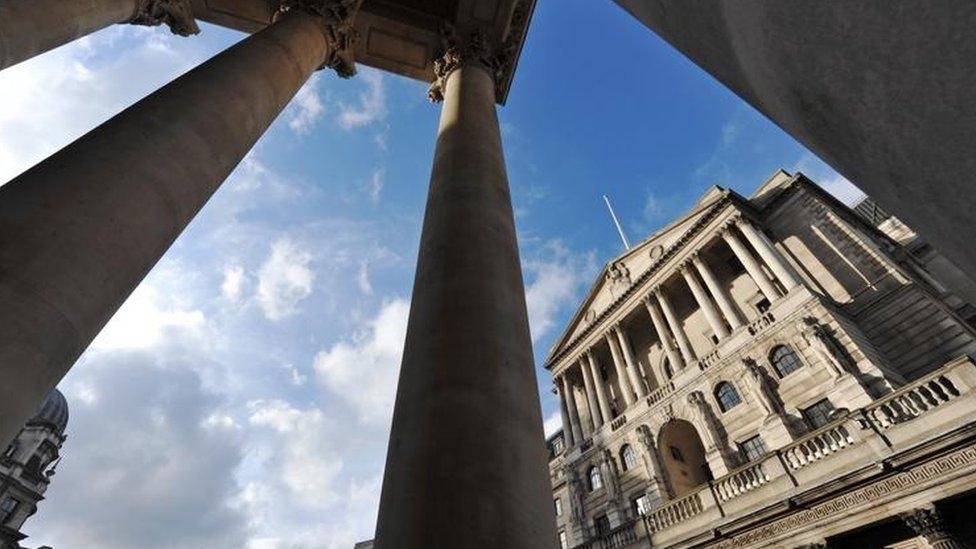Why aren't wages rising more quickly?
- Published
- comments

There is a well-known model in economics - called the Phillips Curve for those who are interested - which suggests that when employment levels are high, wage increases follow.
And those wage increases feed through to higher levels of inflation.
It seems pretty obvious why.
When unemployment is at record lows, as it is now, firms have to battle harder for the little spare labour that is left.
To do that they have to offer higher wages, which increases business costs.
Those costs are then passed on to consumers via higher prices.
However, today's earnings figures reveal that the model is creaking.
Tough picture
Despite record high levels of employment, wage growth has actually eased in the last three months, down to 2.8% from 2.9%.
We have not seen average wage increases of 3% since the summer of 2015.
Yes, wage rises have crept above the rate of price increases this year - so the real incomes squeeze has officially come to an end - but the picture is still a tough one.
Why aren't wages rising more quickly?
There could be many reasons.
The productivity record of the economy - the amount of economic wealth we produce for every hour we work - has been poor for a decade.
Since the financial crisis, lack of investment in new machinery and technology to help firms perform better, punched a hole in economic performance.
If we cannot produce much more wealth for every hour worked, then wage rises tend not to follow high levels of employment as firms struggle to maintain profits.
Other reasons why
The public sector pay freeze followed by the 1% pay cap has also weighed on the overall numbers.
Some economists also argue that a lack of bargaining power - union membership has been in long term decline - is leading to fewer widespread agreements on earnings increases.
A lack of employee confidence following the recession of 2008 and 2009 and fears, then, over job losses has also led to fewer demands for rises.
Employees and employers are still nervous about the direction of travel for the economy.
Types of jobs
There is also the question of the type of employment that is being created.
Yes, it is very good economic news that employment levels are so high.
Some 80% of men are in work, the joint highest employment rate since 1991.
And over 70% of women are in work, the highest employment rate since records began in 1971.
That increase is down, partly, to state pension age changes which mean fewer women are retiring between the ages of 60 and 65.
But the structure of the employment market also matters.
Zero hours contracts and hyper-flexible employment might be welcomed by many for the options they offer, but they can work against collective bargaining agreements on earnings.
The trade union wage gap, the difference in earnings of union members compared with non-members, is 16.9% in the public sector and 7.1% in the private sector (which employs well over 80% of people).
Consequences
The lack of higher wage increases is important for two reasons.
For households it still means the economy is in a difficult place, leading to disillusionment with "the system" which is not providing.
For the Bank of England it means that inflationary pressure is not building as rapidly as some predicted, which might (following the soft economic statistics yesterday) suggest that any interest rate rises are delayed.
As Conor D'Arcy of the Resolution Foundation, puts it: "While the easing of inflationary pressures is helping pay packets to stretch that little bit further, there is still no sign of a long overdue pay rebound in Britain."
And until there is, any economic "bounce back" will remain in the shadow of Britain's decade-long stagnation in wages.
- Published10 May 2018
